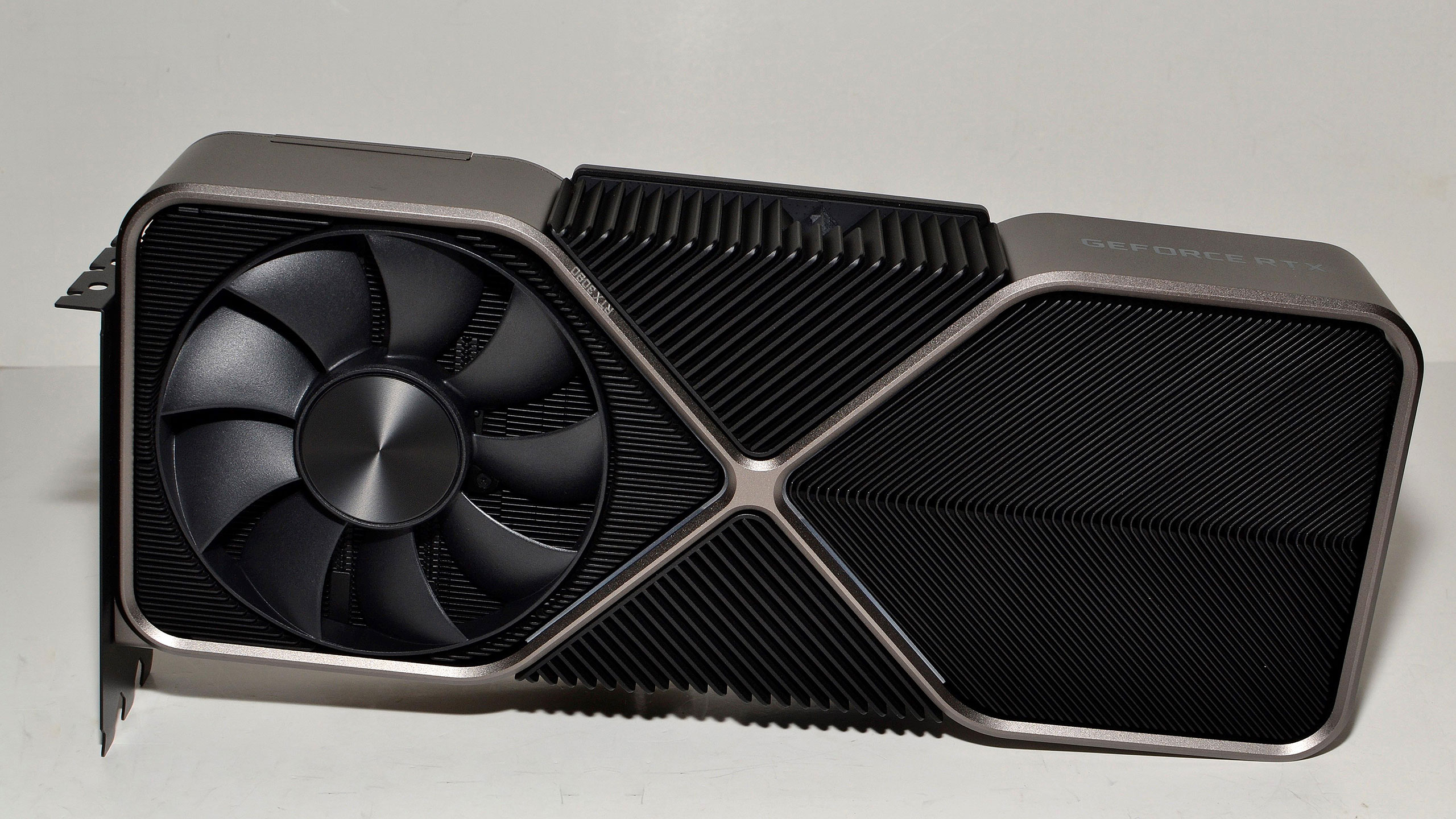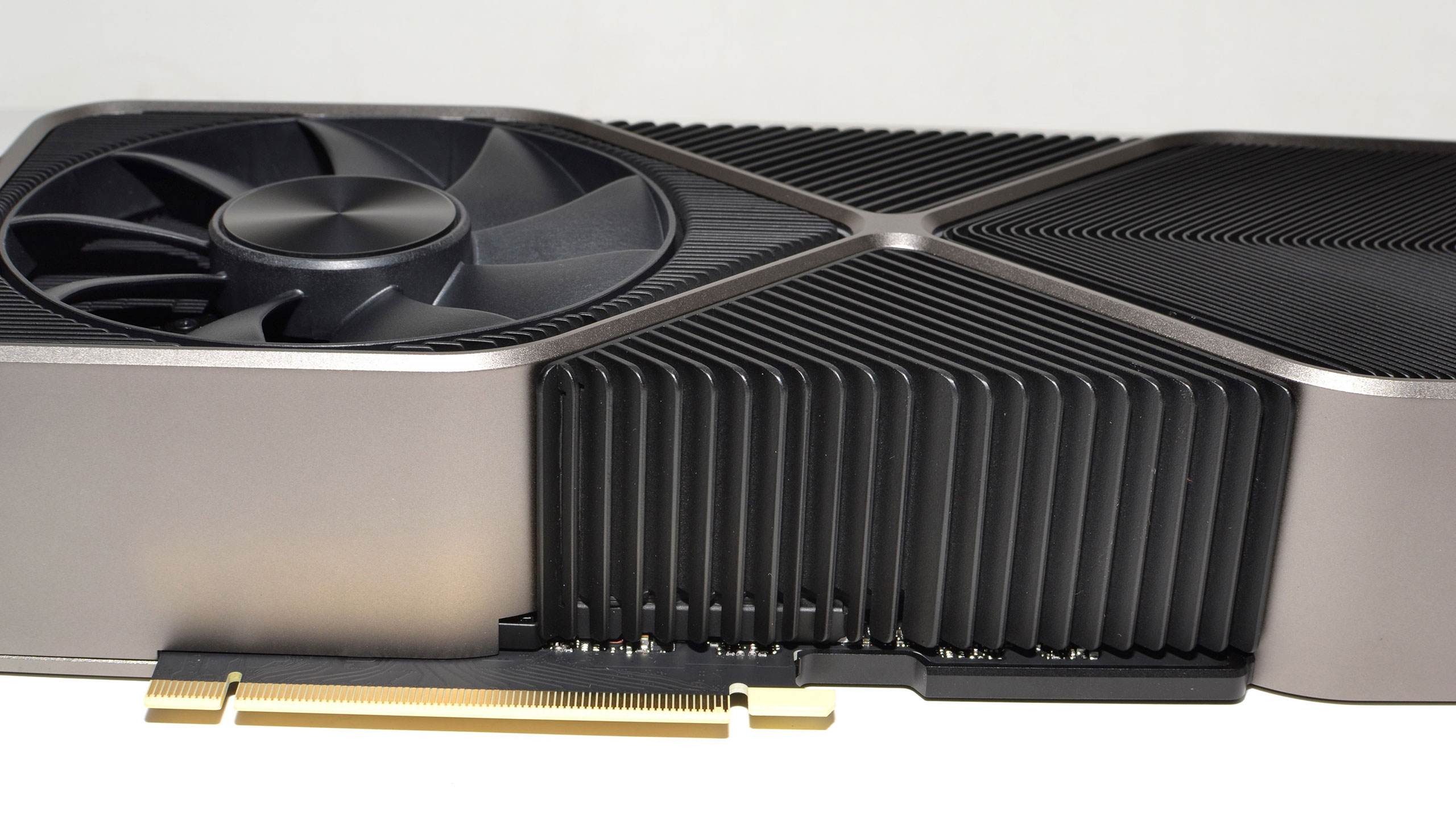Why you can trust Tom's Hardware
Let's be clear: the GeForce RTX 3090 is now the fastest GPU around for gaming purposes. It's also mostly overkill for gaming purposes, and at more than twice the price of the RTX 3080, it's very much in the category of GPUs formerly occupied by the Titan brand. If you're the type of gamer who has to have the absolute best, and price isn't an object, this is the new 'best.' For the rest of us, the RTX 3090 might be drool-worthy, but it's arguably of more interest to content creators who can benefit from the added performance and memory.
We didn't specifically test any workloads where a 10GB card simply failed, but it's possible to find them — not so much in games, but in professional apps. We also weren't able to test 8K (or simulated 8K) yet, though some early results show that it's definitely possible to get the 3080 into a state where performance plummets. If you want to play on an 8K TV, the 3090 with its 24GB VRAM will be a better experience than the 3080. How many people fall into that bracket of gamers? Not many, but then again, $300 more than the previous generation RTX 2080 Ti likely isn't going to dissuade those with deep pockets.
Back to the content creation bit, while gaming performance at 4K ultra was typically 10-15% faster with the 3090 than the 3080, and up to 20% faster in a few cases, performance in several professional applications was consistently 20-30% faster — Blender, Octane, and Vray all fall into this group. Considering such applications usually fall into the category of "time is money," the RTX 3090 could very well pay for itself in short order compared to the 3080 for such use cases. And compared to an RTX 2080 Ti or Titan RTX? It's not even close. The RTX 3090 often delivered more than double the rendering performance of the previous generation in Blender, and 50-90% better performance in Octane and Vray.
There are still situations where the Titan RTX wins out, however. Across the SPECviewperf 13 suite, the Titan RTX comes out ahead in overall performance. There are a few cases where the difference is night and day — Siemens NX 8 is the big one, where the Titan was about 20x faster than the RTX 3090, but it was also about twice as fast in CATIA V6. If you're consistently using certain professional applications, of course, you can probably justify moving up to a Quadro card.
The interesting thing is that as fast as the RTX 3090 is, Nvidia could have gone faster — for a higher price, naturally. TSMC's N7 and N7P nodes are in full production now, and Apple has chips coming off the N5 node. Samsung's 8N is more like 10nm++ and is a step down in density and power requirements. But with a line of buyers already soaking up TSMC's more advanced nodes, it can afford to charge more. Samsung was clearly a better value prospect for Nvidia, and at least for the RTX 3080, we end up with an extremely impressive GPU at a not-entirely-unreasonable price. The RTX 3090, meanwhile, claims the top honors for performance for anyone who's willing to pay for it.
Given what we've seen of Ampere so far, we're also excited to see what Nvidia's GeForce RTX 3070 will have to offer. We're still skeptical about it matching the RTX 2080 Ti performance in all games, but it should come close, and at a much more affordable price. It's also a 220W part, so you won't have to worry about a PSU upgrade if you have a relatively decent build.
The wildcard in the best graphics card competition is AMD's Big Navi. Current details say there will be 80 CU models with 16GB of memory, but on a 256-bit bus. The ray tracing performance for RDNA2 is also a massive question mark — Nvidia's Ampere can be up to twice as fast as Turing in some ray tracing tasks, while there are hints from the Xbox Series X and PlayStation 5 that suggest AMD might be taking a far more cautious approach to ray tracing.
Get Tom's Hardware's best news and in-depth reviews, straight to your inbox.
Either way, we'll find out what those other cards can do soon enough. The RTX 3090 will probably remain at the top of the GPU benchmarks and performance hierarchy unless AMD can pull a rabbit out of its hat, but RTX 3080 levels of performance aren't out of the question. If AMD can come close to RTX 3080 or maybe even exceed it, at a lower price, that would be very interesting.
For gamers, waiting for the dust to settle — and inventory to build up — is a better plan than shelling out $1,500 for the RTX 3090.
Current page: GeForce RTX 3090: The New King of the Graphics Card Hill
Prev Page GeForce RTX 3090: Power, Temperatures, Fan Speed, Clocks, and Noise
Jarred Walton is a senior editor at Tom's Hardware focusing on everything GPU. He has been working as a tech journalist since 2004, writing for AnandTech, Maximum PC, and PC Gamer. From the first S3 Virge '3D decelerators' to today's GPUs, Jarred keeps up with all the latest graphics trends and is the one to ask about game performance.
-
VforV "Titan-class card" - again with this nvidia BS?Reply
It's not, it's a catchphrase from nvidia and the media keeps playing this tune. It's only a more expensive 3080 Ti, which will be proven soon. A halo product for people with more money than sense.
"Fastest current graphics card, period" - Wrong, it's not, it's based on the game and if it's optimized for nvidia (DLSS) or AMD (and no DLSS). In the first case it wins in the latter one it gets beaten by RX 6800 XT and RX 6900 XT, sometimes by a mile... as much as it beats them in the first case with DLSS ON, but then AMD does it by raw power. So it's 50/50, period.
"8K DLSS potential" - yeah, sure "potential". If you count dreaming of 8k gaming potential too, then yes. Again nvidia BS propagated by media still.
"Needs a 4K display, maybe even 8K" - no it does not "need" an 8k display unless you want to be majorly disappointed and play at 30 fps only. That is today, with today games and today's graphics demands, but tomorrow and next gen games you can kiss it goodbye at 8k. Another nvidia BS, again supported by the media.
GJ @ author, nvidia is pleased by your article. -
Loadedaxe Titan Class card? No offense, but to Nvidia it is. The rest of the world its a 3080Ti.Reply -
HideOut Mmmm 2 months late for a review? Whats happened to this company. Late or missing reviews. Nothing but rasberry Pi stuff, and sister publication anantech is nearly dead.Reply -
Blacksad999 Reply
Yeah, the Raspberry Pi stuff is getting annoying. They brought out their 5800x review way after the fact, too. Kind of odd. I understand it's a difficult year to review things, but months later than most review sites isn't a good look when that's supposed to be the sites specialty.HideOut said:Mmmm 2 months late for a review? Whats happened to this company. Late or missing reviews. Nothing but rasberry Pi stuff, and sister publication anantech is nearly dead.

